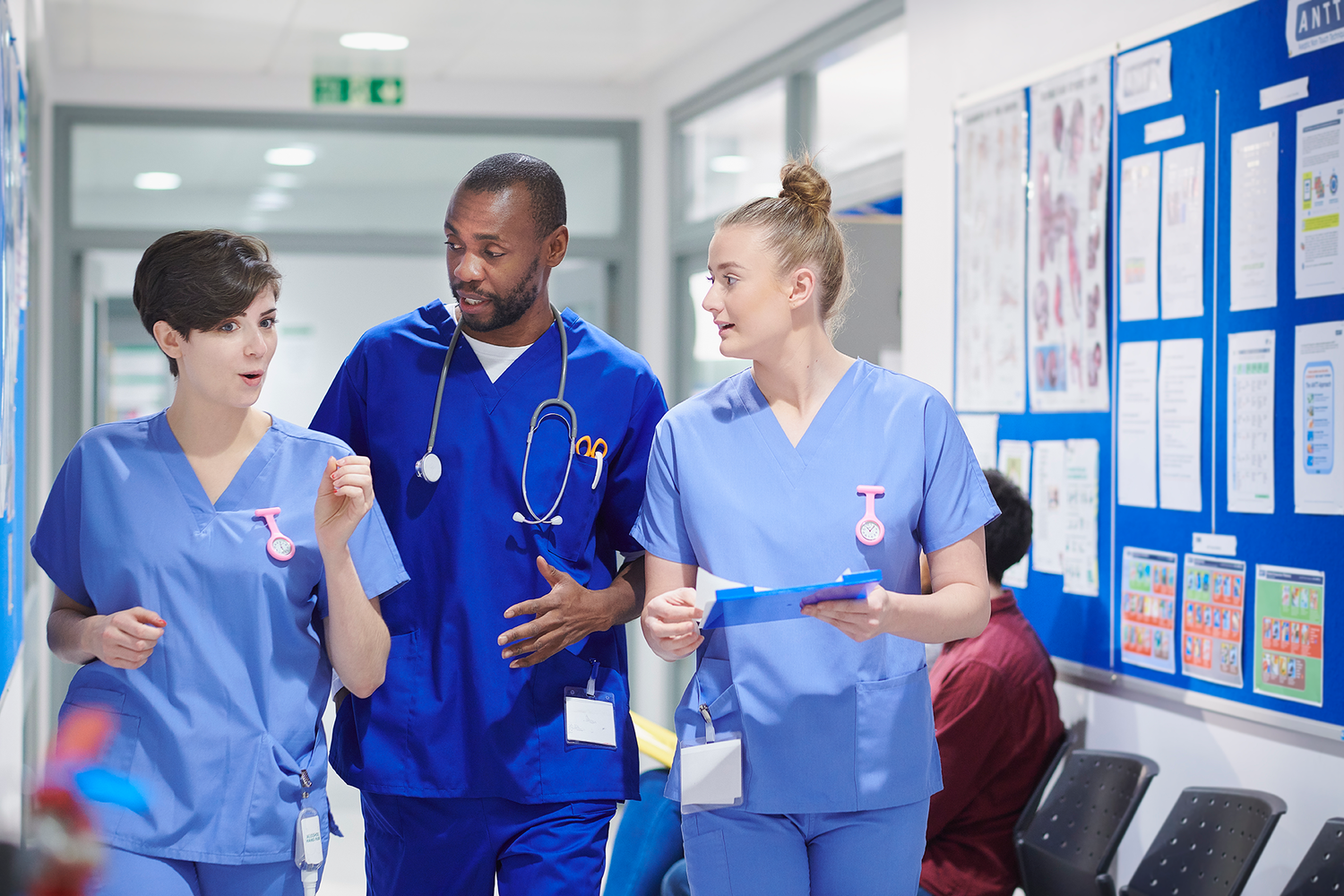If you are looking to do a clinical rotation in the United States, there are a few things you need to know. First, you will need to find an approved clinical site. Several resources are available to help you find a site that is right for you, including the Clinical Rotations in the United States website (www.medicalstudentrotation.com) and the Accreditation Council for Graduate Medical Education (ACGME) website. Once you have found an approved site, you must apply for a visa. Your length of stay will determine the sort of visa you require. You will need a tourist visa for a clinical rotation that is less than three months. For a clinical rotation that is more than three months, you will need a student visa. Once you have your Visa, you must arrive in the United States and visit your clinical site. They will provide you with additional documentation and instructions on how to get started. Be sure to follow all instructions carefully, as not following them could result in your Visa being revoked.
Importance of Clinical Rotations
As a medical student, you will spend much time in the classroom learning about the human body and how to treat diseases. However, at some point, you will need to put that knowledge into practice by working with patients. Clinical rotations are an important part of your medical education because they allow you to do just that.
Clinical rotations are basically like internships for medical students. You will work with patients under the supervision of a licensed physician. This hands-on experience will give you a better understanding of what being a doctor is like. You’ll learn to take medical histories, do physical exams, order diagnostic tests, and figure out what they mean. You will also learn how to communicate with patients and their families.
Clinical rotations can be overwhelming initially, but they are a great opportunity to learn and grow as a future doctor. Be sure to take advantage of everything your rotation has to offer. Ask many questions, participate in as many activities as possible, and get to know your patients. These experiences will stay with you long after you graduate from medical school. 
Benefits of a U.S.A. Clinical Rotation
A clinical rotation in the U.S.A. can offer many benefits to medical students. Here are some of the benefits that students can experience:
1. Clinical rotations in the U.S.A. can allow students to learn from some of the best medical professionals in the world. Visas are required to enter the United States, where foreign medical students can participate in rotations. This can be done by searching online or contacting the hospital or clinic directly.
Once you have found a hospital or clinic that offers rotations, you will need to apply and be DependiDepending on the school, the application process will be different, but you will probably have to send in your transcripts, letters of recommendation, and a personal statement.
Once you have been accepted, you visually need to obtain a Visa. The type of Visa you will need will depend on the length of your rotation. For shorter rotations, you can get a B-1 or B-2 Visa. For longer rotations, you will need to get a J-1 Visa.
Once you have arrived in the United States, you must complete the clinical rotation. This will involve working with patients and completing various tasks under the supervision of a licensed physician.
After you have completed the clinical rotation, you will be able to return to your home country. You can then use your experience in the United States to help you get a job or apply to residency programs.
Types of U.S.A. Clinical Rotations
During a clinical rotation, medical students or residents learn how to care for patients in a certain medical specialty through supervised hands-on training. Medical students learn how to diagnose and treat mental illnesses and common childhood illnesses during their psychiatry rotations. A clinical rotation is supervised hands-on training in which medical students or residents learn to care for patients in a certain medical specialty. Rotations typically last 4–8 weeks at hospitals or clinics.
Several different types of clinical rotations are available in the United States, each with its unique benefits.
Here are some of the most popular types of rotations:
1. Family Medicine– During family medicine rotations, medical students try out many kinds of primary care services. Students will learn how to diagnose and treat common illnesses, as well as how to provide preventative care. This rotation type is ideal for those interested in pursuing a career in family medicine or general practice.
2. Internal Medicine– Many think internal medicine rotations are the most difficult because they require much medical knowledge and skills. Students will learn about many different internal medicine subspecialties, like cardiology, gastroenterology, and nephrology. This rotation type is ideal for those interested in pursuing a career in internal Medicine or a medical subspecialty.
3. Pediatrics– During pediatrics rotations, medical students learn how to care for babies, kids, and teens. During their psychiatry rotations, medical students learn how to diagnose and treat mental illnesses. Learn how to diagnose and treat people with mental illness, as well as how to help their families. Interested in pursuing a career in pediatrics or a related field?
4. Psychiatry– Psychiatry Students will learn how to evaluate and treat people with mental illness and how to help their families. Learn how to diagnose and treat people with mental illness, as well as how to help their families. This rotation type is ideal for those interested in pursuing a career in psychiatry or a related field.
Surgery rotations expose medical students to the operating room and surgical procedures. During surgery rotations, medical students learn about the operating room and how surgery is done. Students will learn how to assist surgeons during procedures and care for patients before and after surgery. This type of rotation is ideal for those interested in pursuing a career in surgery or a related field.
Difference Between Clinical Rotations, Observerships, and Externships
The main difference between clinical rotations, observerships, and externships is the level of patient contact. Clinical rotations involve direct patient care, while observerships and externships do not.
Observerships are usually shorter in duration than clinical rotations or externships, and they often involve observing procedures rather than participating in them. Externships are similar to clinical rotations in that they involve patient care, but they are typically unpaid and may be shorter in duration.
All three types of programs can be beneficial for medical students, depending on their goals and interests. Clinical rotations provide hands-on experience with patients, while observerships and externships offer the opportunity to learn from experienced physicians without the responsibility of direct patient care.
Which Visa is required for a clinical rotation program in the U.S.A. 2023?
If you want to complete a clinical rotation program in the U.S.A., you must obtain a visa. The type of Visa you will need will depend on some factors, including your country of citizenship, your reason for coming to the U.S.A., and the length of your stay.
If you are a citizen of a country that is part of the Visa Waiver Program, you may be able to enter the U.S.A. without a visa for 90 days or less. However, you will need to obtain a visa if you plan to stay for longer than 90 days or if you plan to participate in a clinical rotation program.
If you are not a citizen of a country part of the Visa Waiver Program, you must obtain a visa before travelling to the U.S.A. The most common type of Visa for clinical rotations is the J-1 Visa. An approved organization must sponsor you to be eligible for a J-1 visa.
Once you have obtained a visa, you must obtain a clinical rotation placement. Some ways to do this include contacting hospitals or medical schools directly or working with a placement agency.
Once you have secured a placement, you must complete some paperwork and requirements, including a criminal background check. Once you have completed all the requirements, you can begin your clinical rotation.
What is the selection process for our clinical rotation program in 2023?
Are you a medical student looking for a clinical rotation in the U.S.A.? If so, you’re in the right place! In this blog post, we will tell you everything you need to know about our institution’s clinical rotation selection process.
A completed application must be submitted as the first step. This application must include all required documentation, such as transcripts, letters of recommendation, and a personal statement. Once we have received your application, our team will review it to ensure you meet our eligibility requirements.
You will be invited to interview with our team if you meet our eligibility requirements. This interview will allow us to get to know you better and answer any questions that you may have about our program.
After the interview, our team will decide on your admission into our clinical rotation program. We will send you a letter of acceptance or denial, and you can begin your clinical rotation once you have received your letter of acceptance.
This blog post has helped give you an overview of our clinical rotation selection process. If you have any further questions, please don’t hesitate to contact us.

